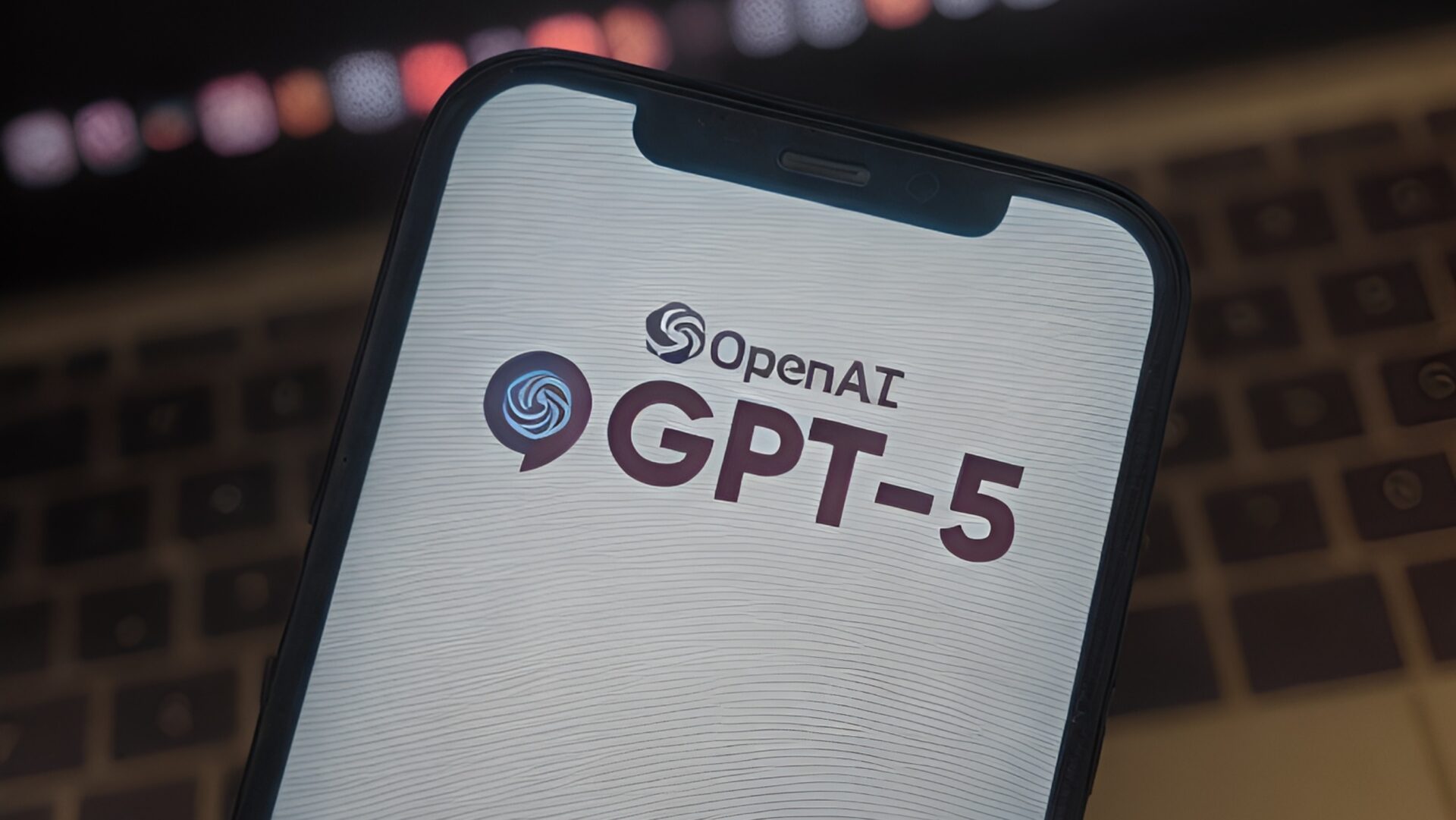OpenAI’s latest AI model, GPT-5, stands out for its technical capabilities, but it also creates a significant energy consumption burden. According to analyses conducted by the University of Rhode Island’s AI lab, GPT-5 consumes approximately 8.6 times more energy than GPT-4. This estimate is based on the model’s processing volume, response time, and hardware configuration. OpenAI has not yet officially released a statement regarding GPT-5’s energy consumption.
GPT-5 Consumes a Large Energy Consumption
According to the university’s estimates, GPT-5 consumes over 18.35 watt-hours of energy for an average query. This figure is significantly higher than GPT-4’s average of 2.12 Wh. Among the benchmark models, only OpenAI’s o3 model and Deepseek’s R1 model consume more than GPT-5.

GPT-5’s response to a single query can sometimes reach up to 40 Wh. Assuming approximately 2.5 billion queries pass through this model daily, the total energy consumption required to run GPT-5 alone could reach 45 GWh per day.
This level of consumption is equivalent to the daily electricity needs of some small countries. A modern nuclear reactor can produce between 1 and 1.6 gigawatts of electricity per hour. It is estimated that data centers supporting GPT-5 may need the power output of several reactors simultaneously to operate.
The analysis relies on two key factors to determine the model’s energy consumption: the time elapsed during processing and the average power consumption of the hardware operating during that time. Because clear information about OpenAI’s server infrastructure was not available, the researchers assumed the system was running on Microsoft Azure using Nvidia’s DGX H100 or H200 servers.
GPT-5 uses a “mixture-of-experts” architecture. In this architecture, the entire model isn’t activated for every query; only certain parameter groups are activated. This reduces consumption in some cases.
However, the model takes longer to process, especially during reasoning or complex decision-making processes, and consumption can increase five to tenfold during these stages. Such queries can increase energy demand by over 40 Wh. This raises questions about the pressure that the widespread adoption of artificial intelligence could place on the global energy infrastructure.













